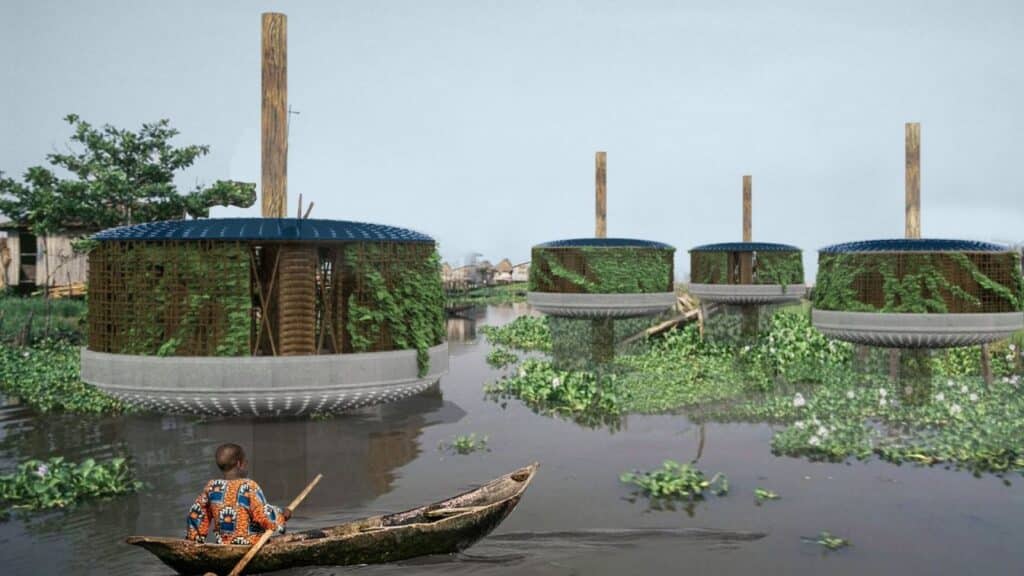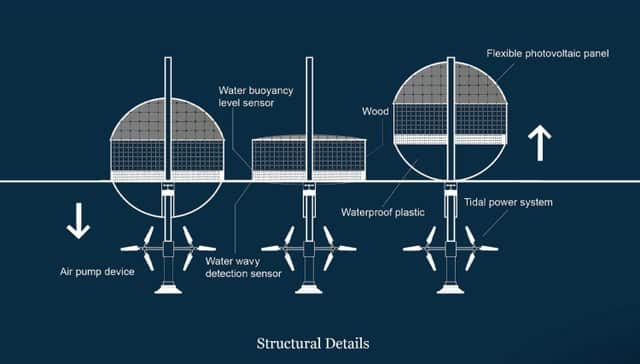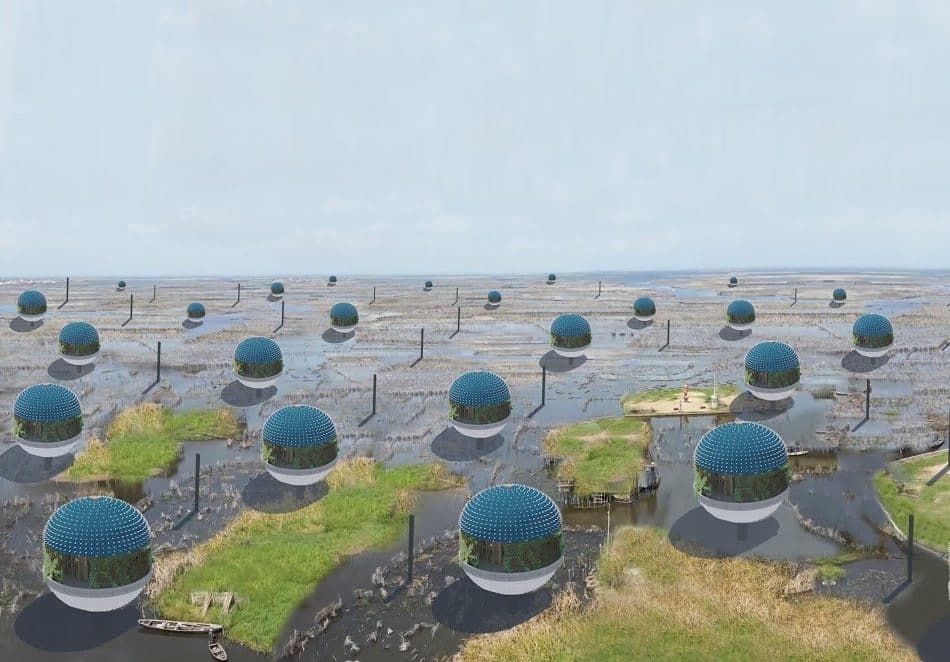The Puffer Houses - the "puffer fish houses" - could help the inhabitants of the lakeside village of Ganvie in Benin.
For years now, the small village has been threatened by the rise of sea level, which ruins the present buildings. The wood in the houses is too brittle to withstand the ever-changing sea level.
It is necessary to intervene and carry out an ambitious but functional project.
Puffer Village, Ganvie's future, is currently under construction, with the hope of completing construction as quickly as possible.
The project is linked to the idea of the Iranian architect Sajjad Navidi, which proposed the construction of Puffer Houses (from 'puffer fish'), intelligent houses that adapt to rising sea levels.

The resemblance to the puffer fish
Navidi's idea is to exploit the anatomy of the puffer fish; in particular, the architect reasoned about the fish's ability to suddenly inflate to resist predators.
Her Puffer House they exploit a rather similar mechanism.
Thanks to the inclusion of two different sensors, they are able to rise and lower in response to rising sea levels. Likewise, they react to bad weather and avoid serious damage to structures.
I two sensors inserted in the structure have different tasks, even if equally important.
The first analyzes the water level, and regulates the height of the house. The second, however, reacts to high waves and "warns" the danger.
When the tide rises, the first sensor activates and activates an air fan under the houseboat.
The fan causes a “balloon skin” to fill with air, allowing the body to rise to the surface.

The second sensor activates in the event of a storm, creating holes in the sub-structure to let water in. The weight of the water provides stability to the entire structure and prevents it from detaching from the base.
These incredible houses would earn electricity by exploiting thetidal energy, becoming almost self-sufficient. The upper part, dedicated to the balloon, should be covered with solar panels, with the aim of obtaining energy also from the sun.
The project seems to have great points of interest, and we hope that it can be completed in the shortest possible time.


